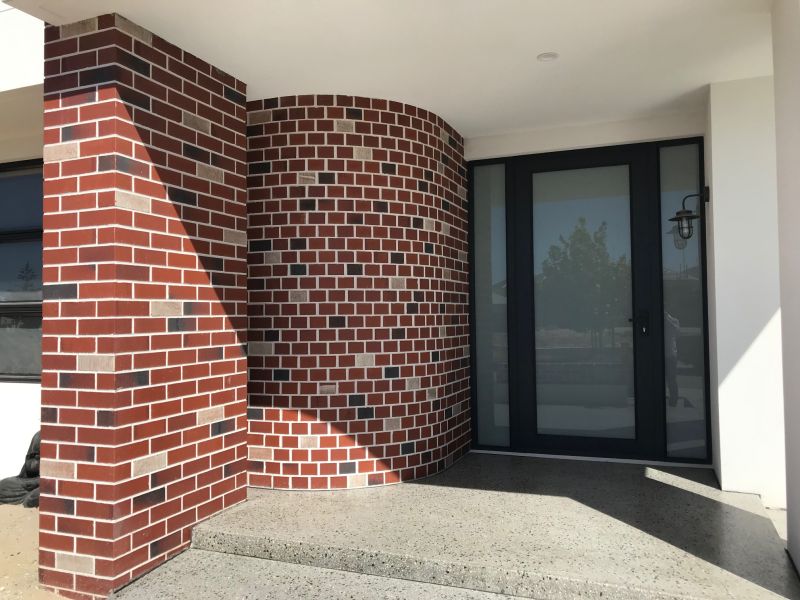The NHBB team was invited to the recent Think Brick Australia presentation regarding the implementation of the 6-star energy efficiency rating as part of the National Construction Code (NCC).
Several great points were raised with valid implications for the WA new homes market.
- Double brick is still the most common form of construction in WA. With WA still recognised as the home of double brick construction.
- Double brick & insulated double brick still rates very well in comparison to alternate methods of construction.
- Traditionally no differentiation was made between heating & cooling loads for a home, the home only needed to comply as a total. This will change with separate heating & cooling loads for a home going to be assessed.
- WA runs the risk of being left behind in the national approach towards 7-star energy efficiency with delays in approving the updated NCC.
- There could be a cost implication for new home construction. This is likely to be a severe cost impost on the already struggling first home buyer market.
- Home Builders have a responsibility to educate their staff from the front end through to construction staff about the value of the updated requirements.
- The push towards urban infill will present more challenges for compliance, smaller blocks, shading for upper floors, lot orientation, shadowing, garage position etc
- The Housing Industry & consumers will need to understand good design better – the project builder mindset of main living areas north facing & then having a large alfresco may have large cost implications.
- Products like cavity wall insulation & energy efficient glazing will become more widely understood as they become more common.
As well-established construction brokers it’s great for us to work with clients, builders, designers, trades & suppliers that have always seen the benefits in energy efficient construction. We love the innovation that our industry is always looking for. It’s very common for our initial discussions with clients to heavily involve products & materials that will have an end benefit to our client’s new homes & renovation projects. These range from prefabricated panels, timber framing, recycled materials, reverse brick veneer, concrete panels, rammed earth et al.
We have definitely seen the rise of alternative materials over the last couple of years to become a large competitor to traditional brick construction. The growth of alternative materials will continue to increase. One of the key issues for the future of brick from a trades perspective is the aging population of bricklayers & the small uptake of apprentices into bricklaying. Yes, the same debate is relevant for most trades and this will drive further development of lightweight & prefabricated materials for the new home construction industry.
Share this page
About the Author
Tristan Kirkham | Managing Director
Tristan has managed some of Australia’s major building companies, both project and private. His commitment to customer service and providing market leading communication product for the home building industry has led to a role as regular Judge in the HIA Green Smart, HIA Kitchen & Bathroom Awards and the major Housing Awards. Winning multiple awards throughout his career in the housing industry, he is dedicated to improving the industry standards and practices. Tristan's vision is to provide a better way to build homes for all parties.
